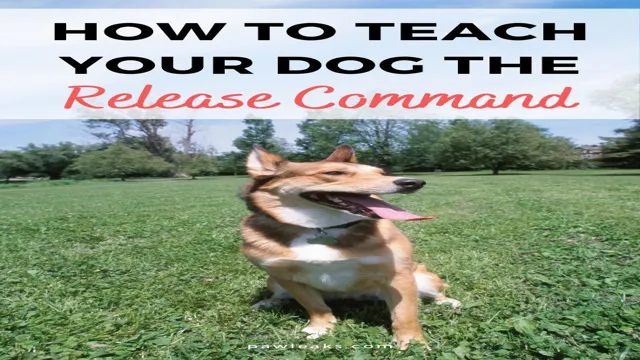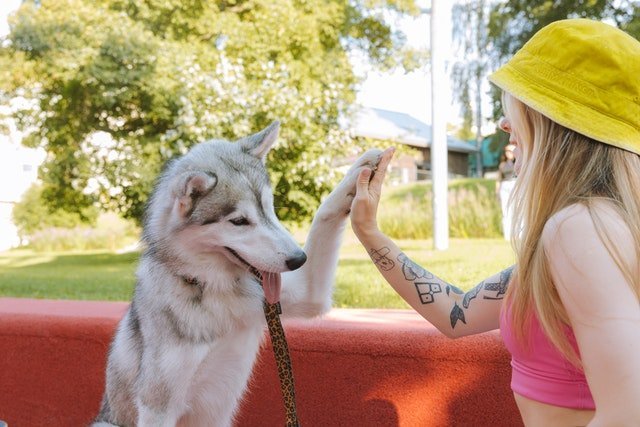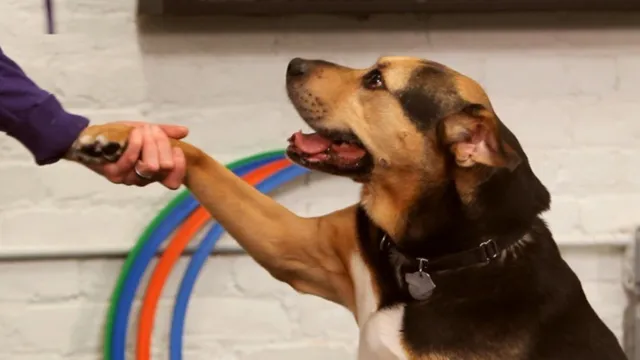Understanding Dog Behavior- Tips for First Time Dog Parents
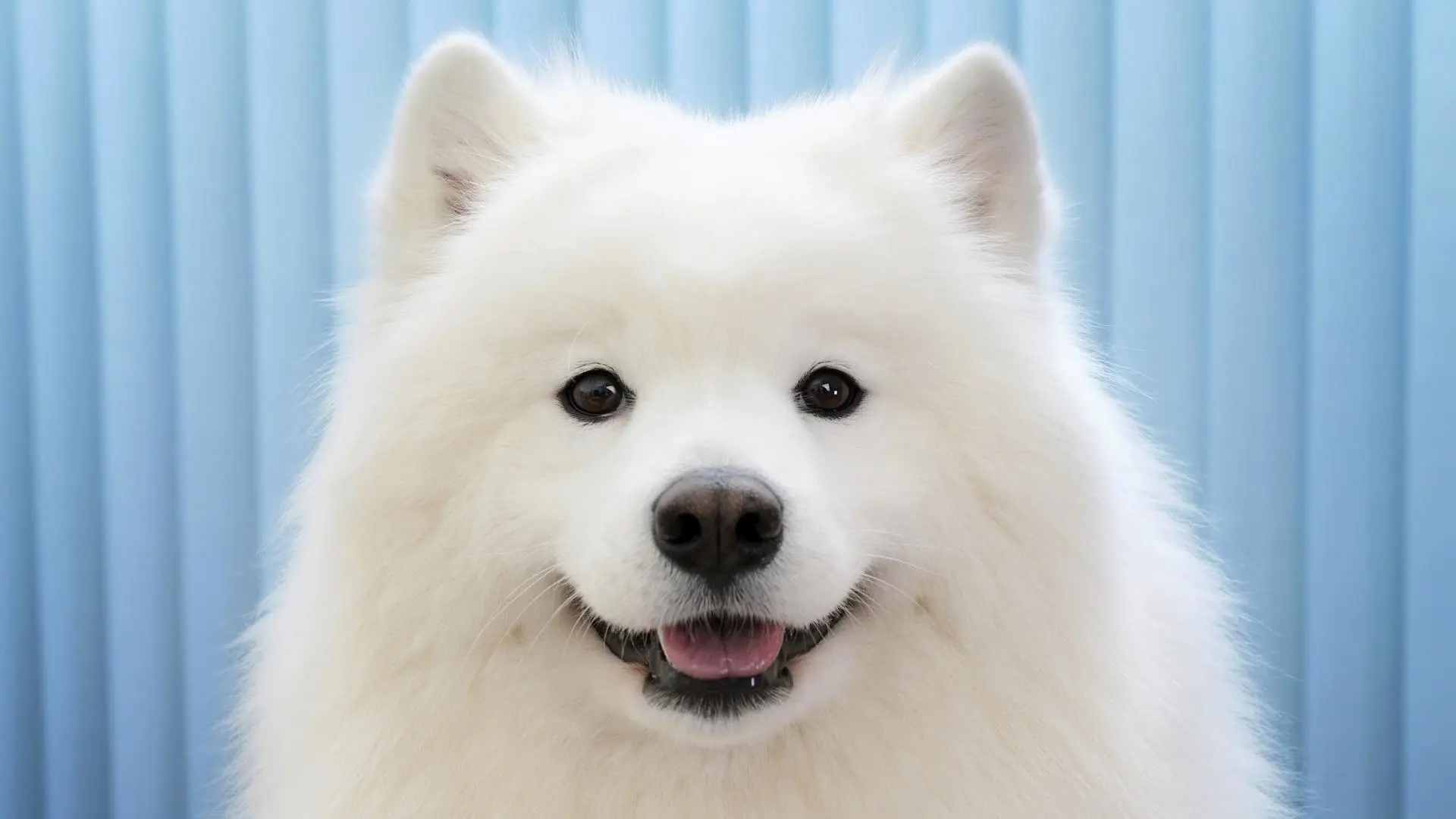
Congratulations on becoming a first-time dog parent! It’s such an incredible feeling to bring a furry friend into your life who just loves you unconditionally let’s understand dog behaviour. Naturally, you must be excited in anticipation of what’s to unfold. However, you shouldn’t haste, and get a basic understanding of general dog behaviors so you can maintain a healthy relationship with your new friend.
The following are a few tips in that regard that you should go through:
Body Language
You can learn a lot about a dog’s mood by the shape of its ears, tail, and overall behavior. For instance, a wagging tail typically suggests happiness while a tucked tail suggests worry or anxiety. Similarly, if your dog’s ears are perked up, it means that they are awake and interested in something.
Following are a few dog’s body language basics that can help you understand how your pet’s feeling:
- Happy dog: Ears are set in their natural position, eyes are soft, and forehead is devoid of any wrinkles (no frown). If the dog is wagging their tail in a wide sweeping motion, it’s a strong sign of a happy mood.
- Alert dog: Ears are pointed forward and eyes are focused. The tail is extended and may be wagging slightly..
- Anxious dog: Dog tries to avoid eye contact and may also conduct big yawns or lick their lips. Additionally, the dog may try to calm themselves by slowing down their movements, raising one paw, scratching, or sniffing the ground, etc.
- Submissive dog: Ears are pinned back and eyes are squinted. The dog may expose their teeth and give a submissive smile by pulling back their lips.
Socialization
Socialization means exposing your dog to different people, animals, and environments. This is important to help your pet develop social skills as they grow.
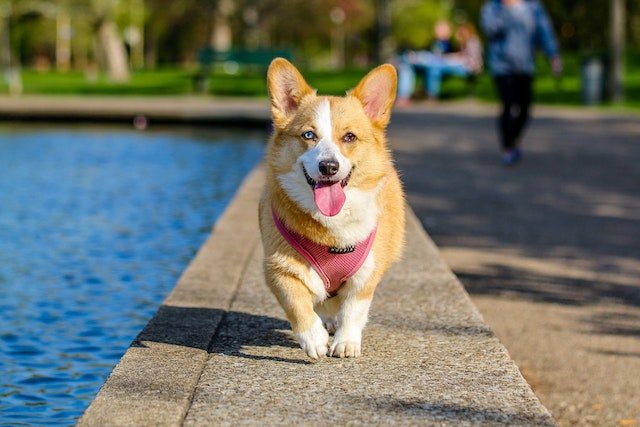
You can take your dog on excursions, introduce to new people, and allow them to interact with other dogs. These activities will make them more comfortable in social situations and make new friends easily.
Positive Reinforcement
Positive reinforcement is a training technique that rewards your dog’s good behavior with treats, praise, or affection. This is more effective than punishment, which can lead to fear and anxiety in dogs. When your dog does something good, like coming when called or sitting on command, reward them with a treat or verbal praise.
Exercise
Just like us, dogs need regular exercise to stay fit. You can consider physical activities like walking, running, fetching, etc. for them. Not only will regular exercise keep your dog healthy and in a good mood, but it will also inhibit undesirable behaviors in them like chewing or barking. This is a result of burning off of their excess energy.
Routine
Dogs thrive on routine and predictability. Establishing a routine for feeding, exercise, and sleep will help your dog feel secure and reduce anxiety.
Here are some tips on creating a successful routine for your dog:
- Have consistent meal times: Set a regular schedule for your dog’s meals and stick to it. This will help your dog maintain a healthy eating pattern, and also help with housebreaking.
- Include training time: Set aside time each day to work on basic obedience commands and other training exercises.
- Incorporate playtime: Dogs love to play, and it’s important to include playtime in their routine. Set aside time each day for interactive play with your dog.
- Provide mental stimulation: Incorporate activities that challenge your dog’s mind, such as puzzle toys or training exercises.
- Be flexible: There’s no denying that creating a routine for your dog is important. However, it’s also important to be flexible. So, be willing to make changes as needed to accommodate your four-legged friend’s changing needs.
Things to keep in mind
Do you know how to take care of your dog? Pay heed to the following:
The Essentials
You’ll need a few things to make your pet and yourself feel more comfortable right off the bat. These include:
- Collar: You may think it’s optional, but it’s really not. When you have a new dog, they aren’t going to feel relaxed and comfortable quickly. While they are adapting, you need to put a collar on them so that you can get a hold of them when they get finicky. You also need them to wear a collar when you take them for regular walks.
- Comfortable bed: Try to get your dog the most plush and cushy bed possible for you. In case your dog likes to chew, choose a bedding that has a tough material.
- Food mat: When it comes to eating, dogs can be like small kids sometimes. What we are trying to say here is that they like to create mess when gobbling up their treats. To prevent your hardwood floors or carpets from getting stains you can get a few decent food mats.
- Nail clippers: Over time, as your puppy’s nails get longer, they may create problems for them. It’s not advisable that you use generic clippers for their paws though. Get specialized dog nail clippers as these are easier to use and safer too. In fact, many of these even come with a safety spot that prevents you from cutting nails too short.
Socialization is Crucial
Socialization is important for your dog’s overall growth and development. Here are a few tips that can help you:
- Reward your dog with treats, praise, and affection for good behavior. This will help your dog associate new experiences with positive outcomes.
- Socialization should be a gradual process. Don’t overwhelm your dog with too many new stimuli at once. Slowly introduce new experiences over time.
- Socialization takes time and patience. So, grant your pet as much time as they need to learn and become better. Forcing your expectations on them or becoming upset with them just because they are taking longer will only hinder good bonding between you two.
Proper Nutrition and Exercise
A nutritious and well-balanced diet is essential for your dog’s general health and well-being. So, feed them a proper diet that consists of protein such as chicken or lamp, along with fats, minerals and vitamins. You can consult a vet for an accurate diet. Also, provide your dog with plenty of opportunities for exercise and playing.
Here are some nutrition tips you can check:
- Choose High-Quality Dog Food- The quality of food you choose for your dog matters. So, try to pick premium dog food that’s manufactured with all-natural ingredients and is free of fillers, byproducts, and artificial preservatives. Verify the ingredient list to ensure that sources of protein like chicken, beef, or fish are listed first.
- Consider Your Dog’s Age and Activity Level- You can’t create the best diet for your dog, unless you take into account their age and exercise level. For instance, the nutritional requirements of puppies and adult dogs differ a lot. For senior dogs, a diet lower in calories and fat is more feasible.
- Avoid Overfeeding- Overfeeding your dog can make them overweight, which can have serious health consequences. So, be sure to follow feeding guidelines on the dog food package and avoid giving them table scraps or excessive treats. You can also consult your veterinarian for advice.
- Provide Fresh Water- It’s your responsibility to make fresh water available to your dog at all times. Also, clean their water bowl regularly to prevent bacteria growth.
Apart from the things mentioned above, if you want to do more for your dog’s health, you can look into pet insurance policies. So, what does pet insurance cover? Generally, a decent pet insurance plan will cover medical treatments, vaccinations, accidental injuries, etc.
You may also get add-ons, such as vet visit fees, physical therapy, dental illness, behavioral conditions, etc. by paying extra on top of the base premium. You need to compare your options and look at the coverage for that.
Regular Veterinary Check-Ups and Grooming
Grooming and regular vet visits are important for keeping your dog healthy and attractive. Plan frequent visits to your veterinarian so they can administer immunizations, perform checkups, and provide any necessary treatments.
Maintaining your dog’s cleanliness and general health also requires routine grooming, which includes bathing, brushing, and nail cutting.
Love and Attention
We all know that a dog is man’s best friend, and it’s largely because dogs love us unconditionally and are loyal till death. So, how about you share the same sentiment with them? After all, it won’t hurt if you say nice things to them from time to time. Remember, there’s no such thing as too much love.
Netizens might be divided on which pet is the best, but time has shown again and again that dogs make for really loyal and loving pets. So, you are bound to be happy becoming a first time dog parent. Treat your dog like your own and you will be fine. Good luck!
